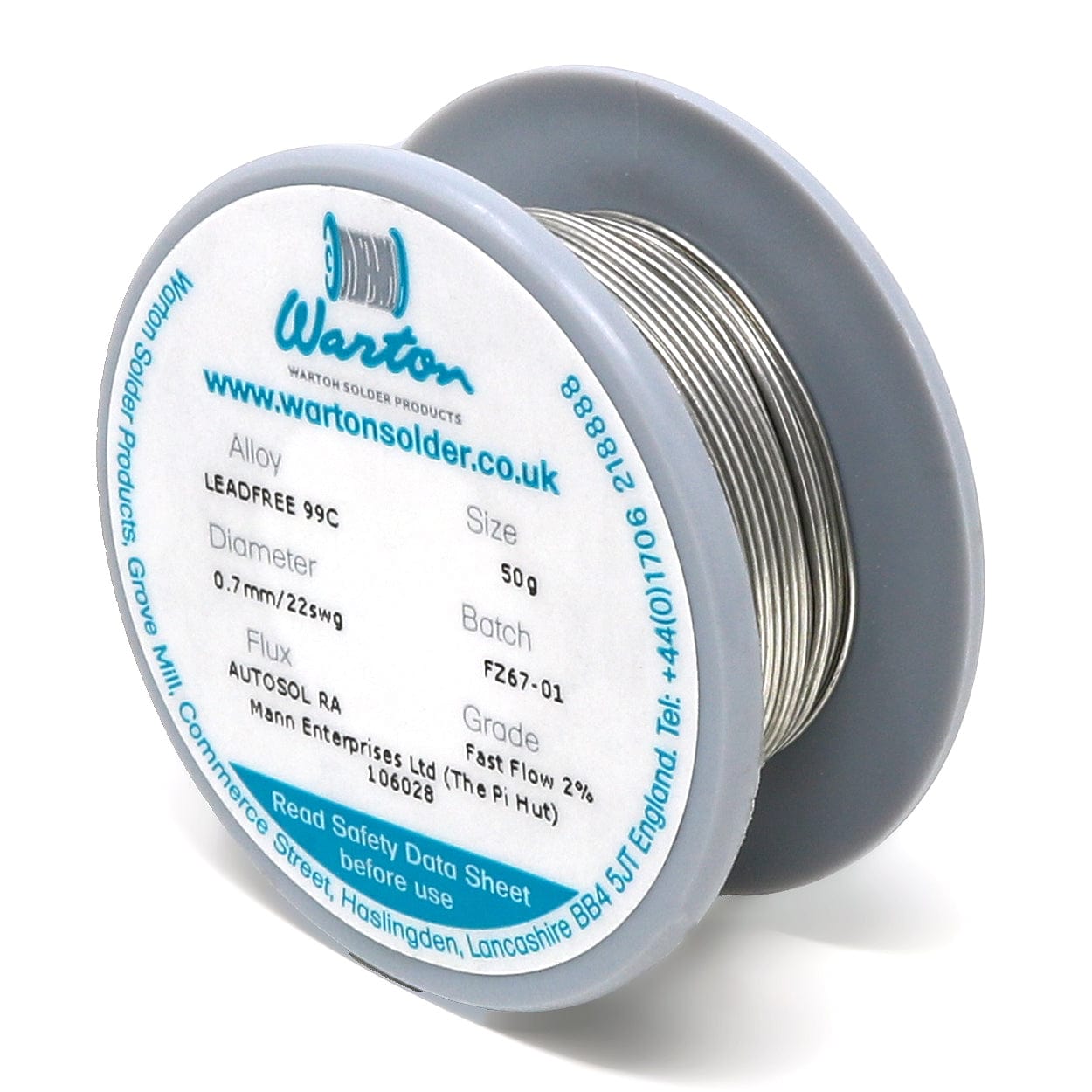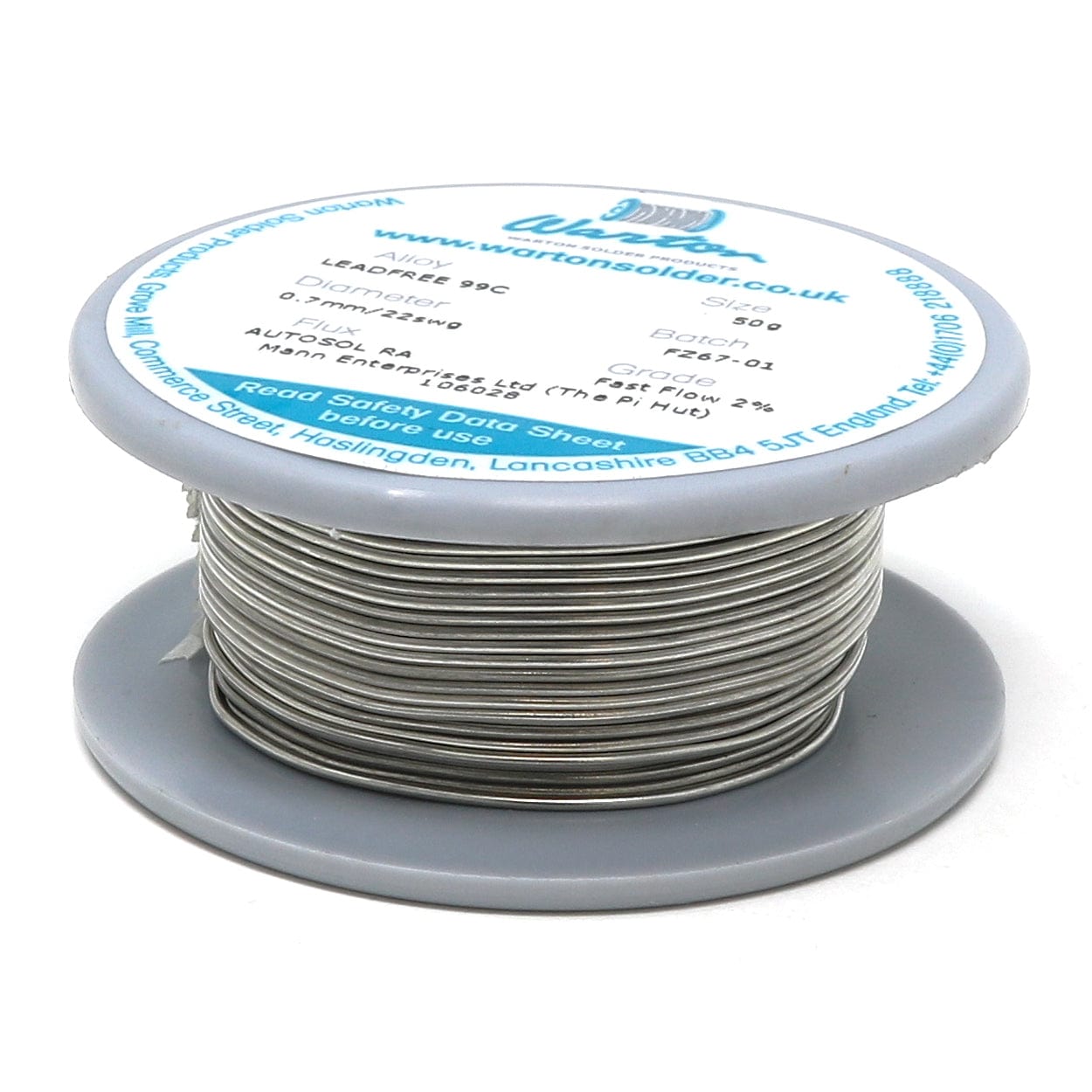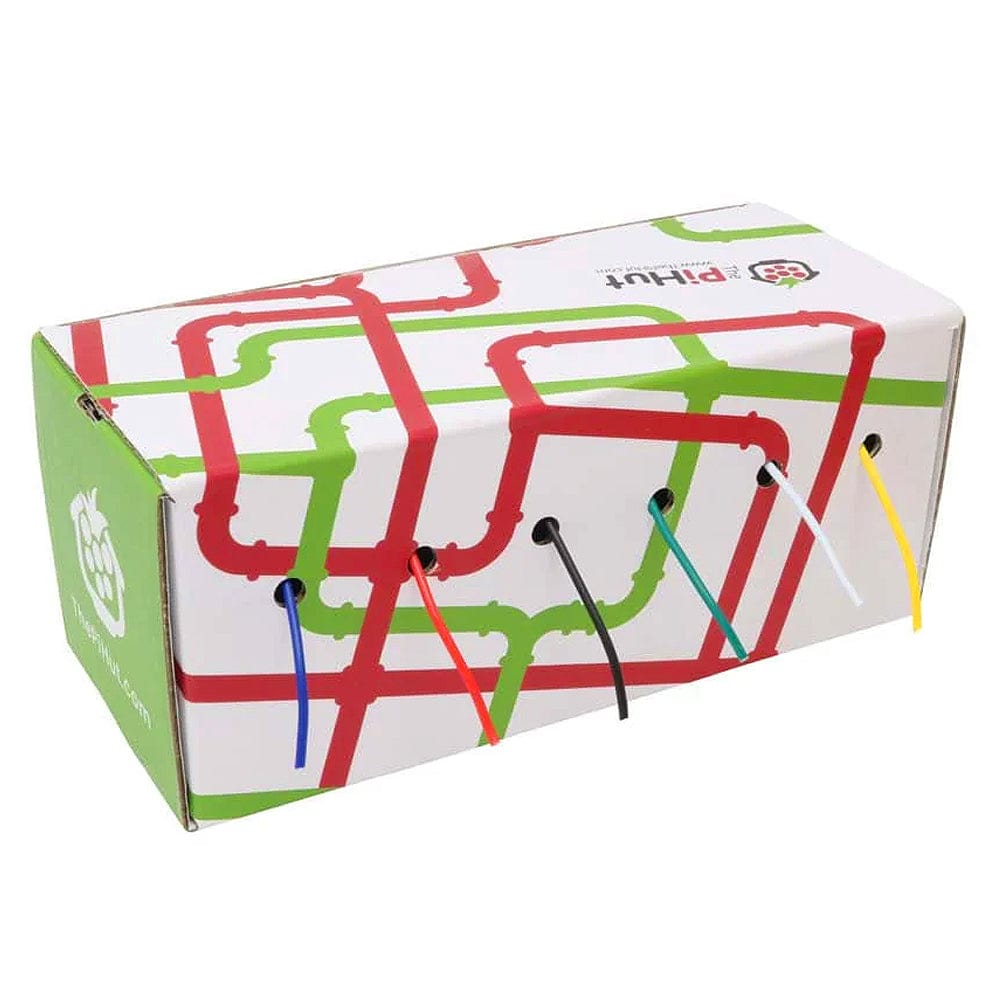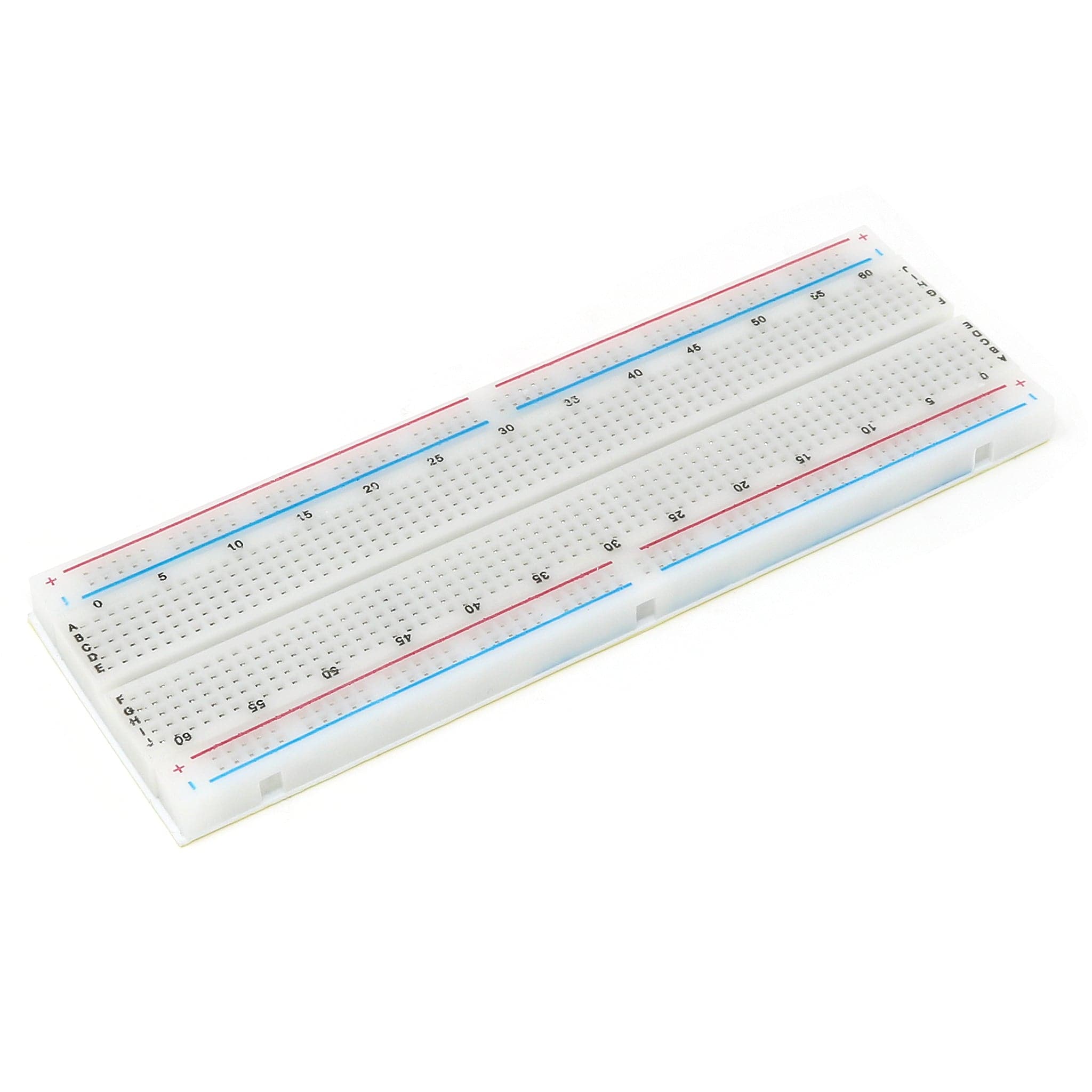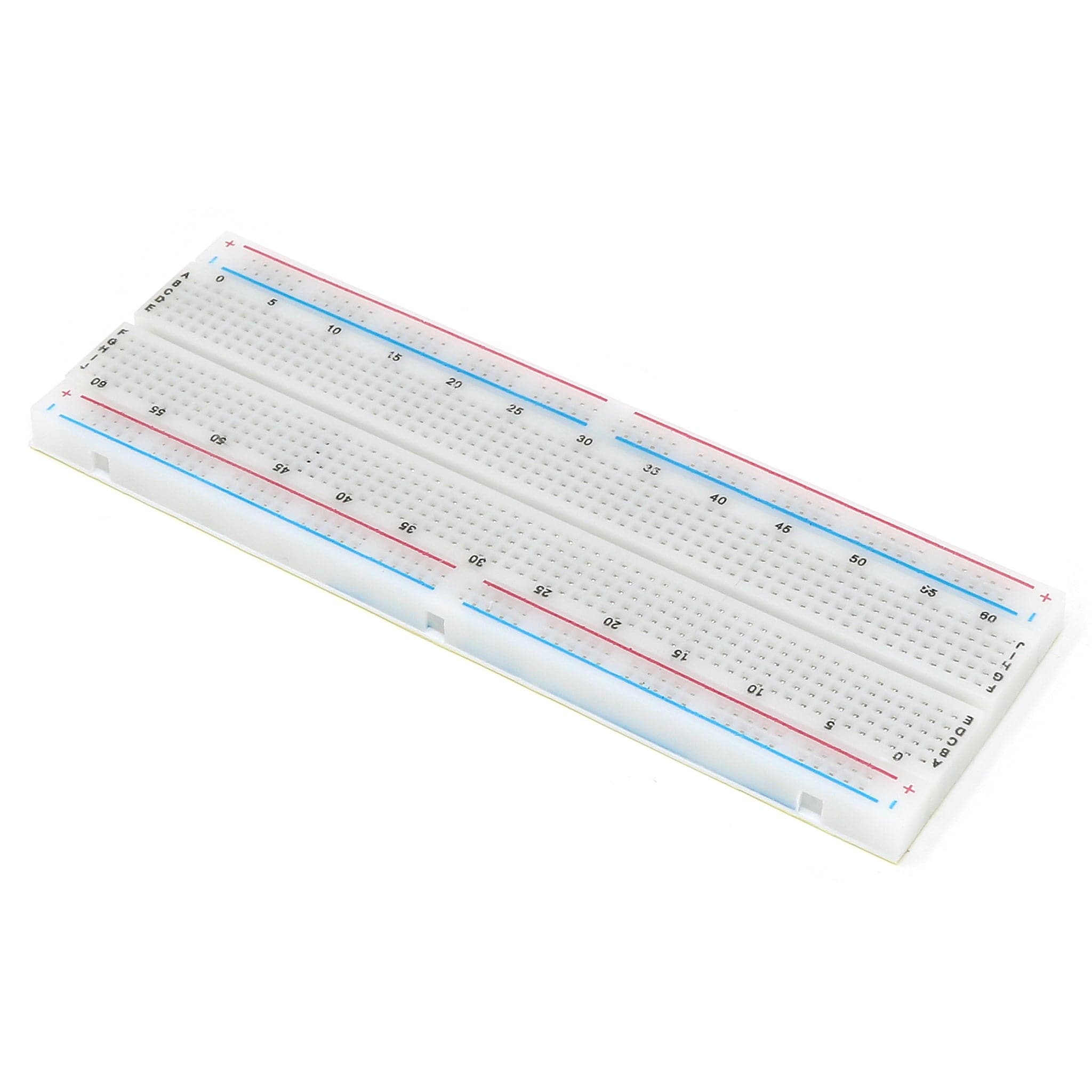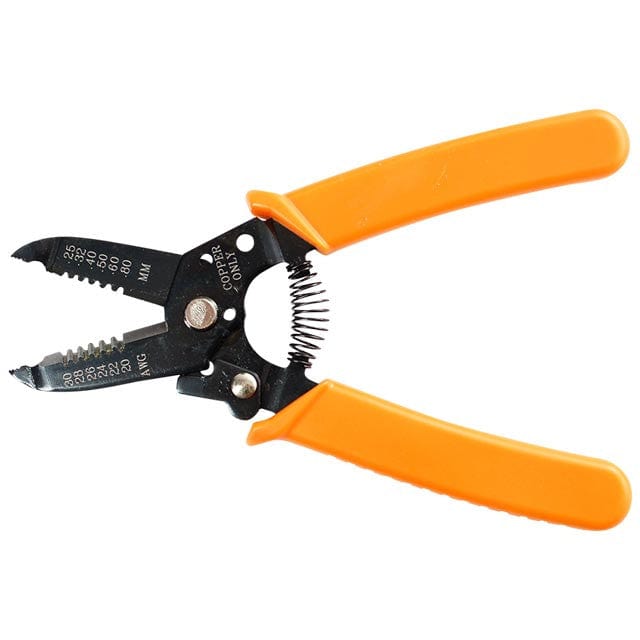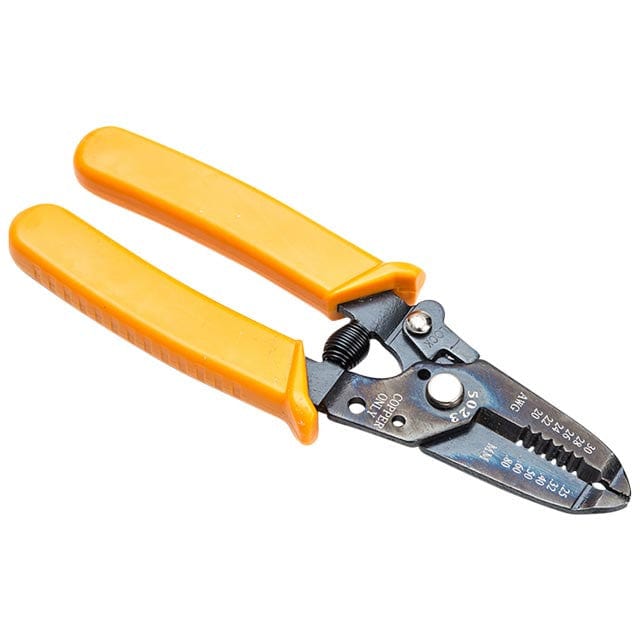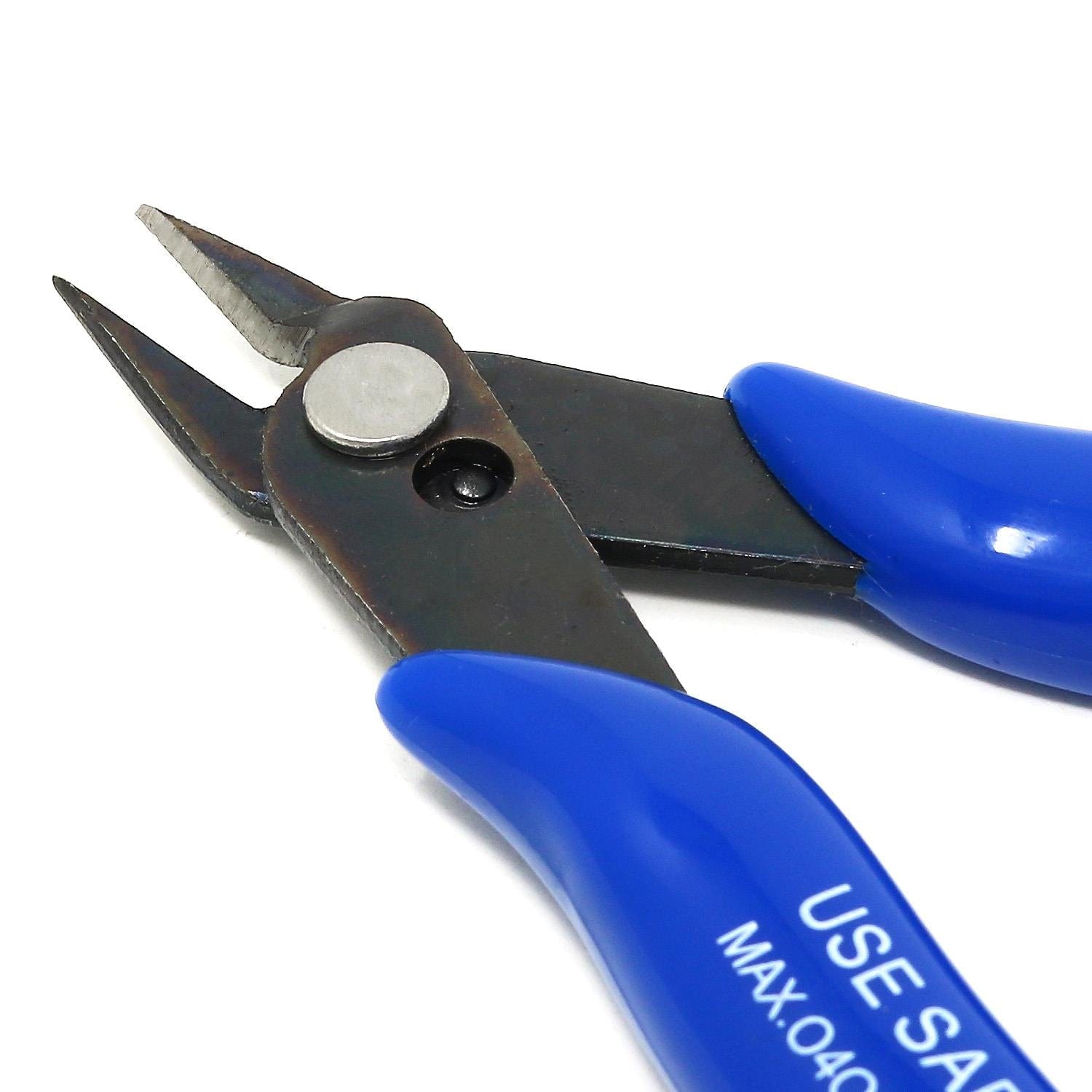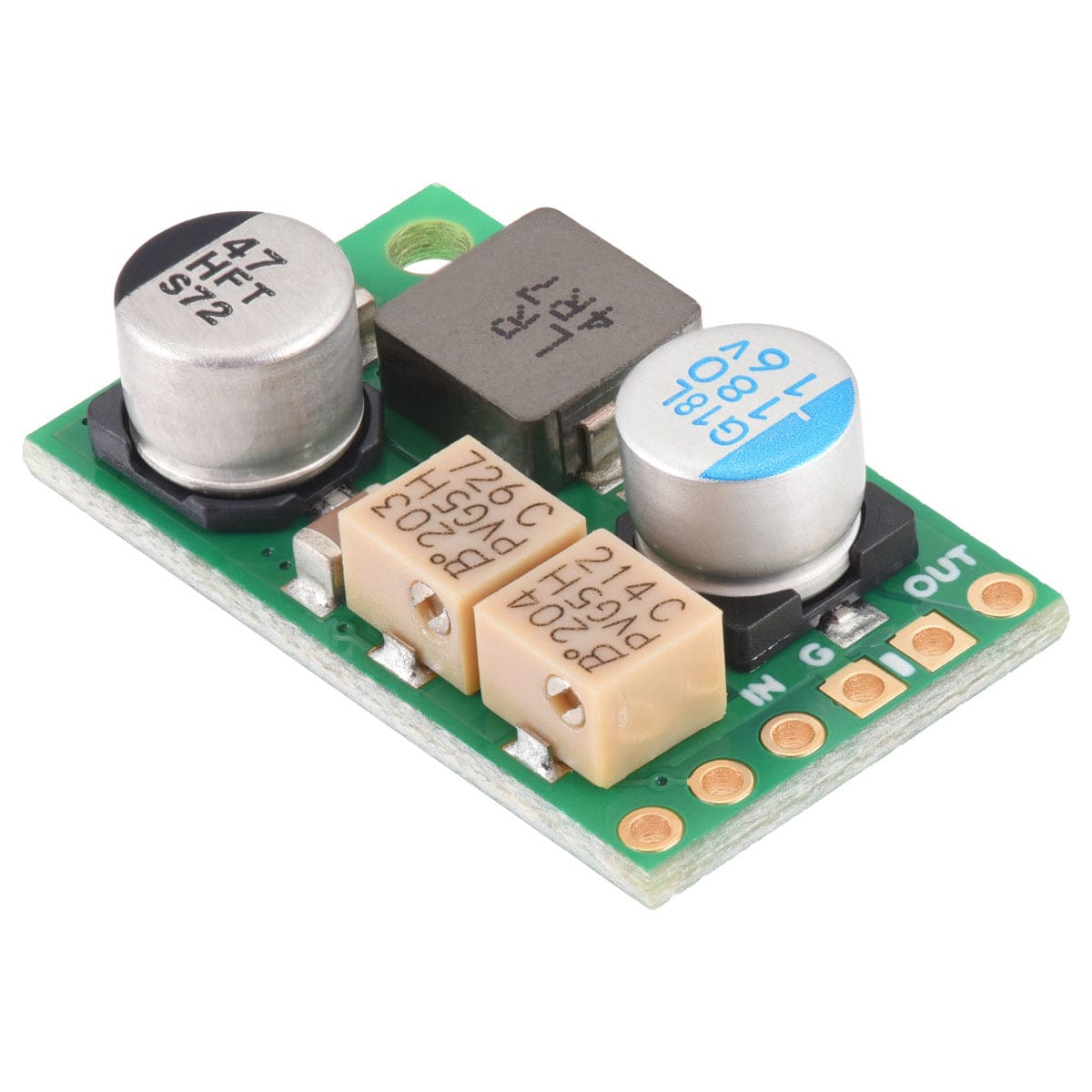
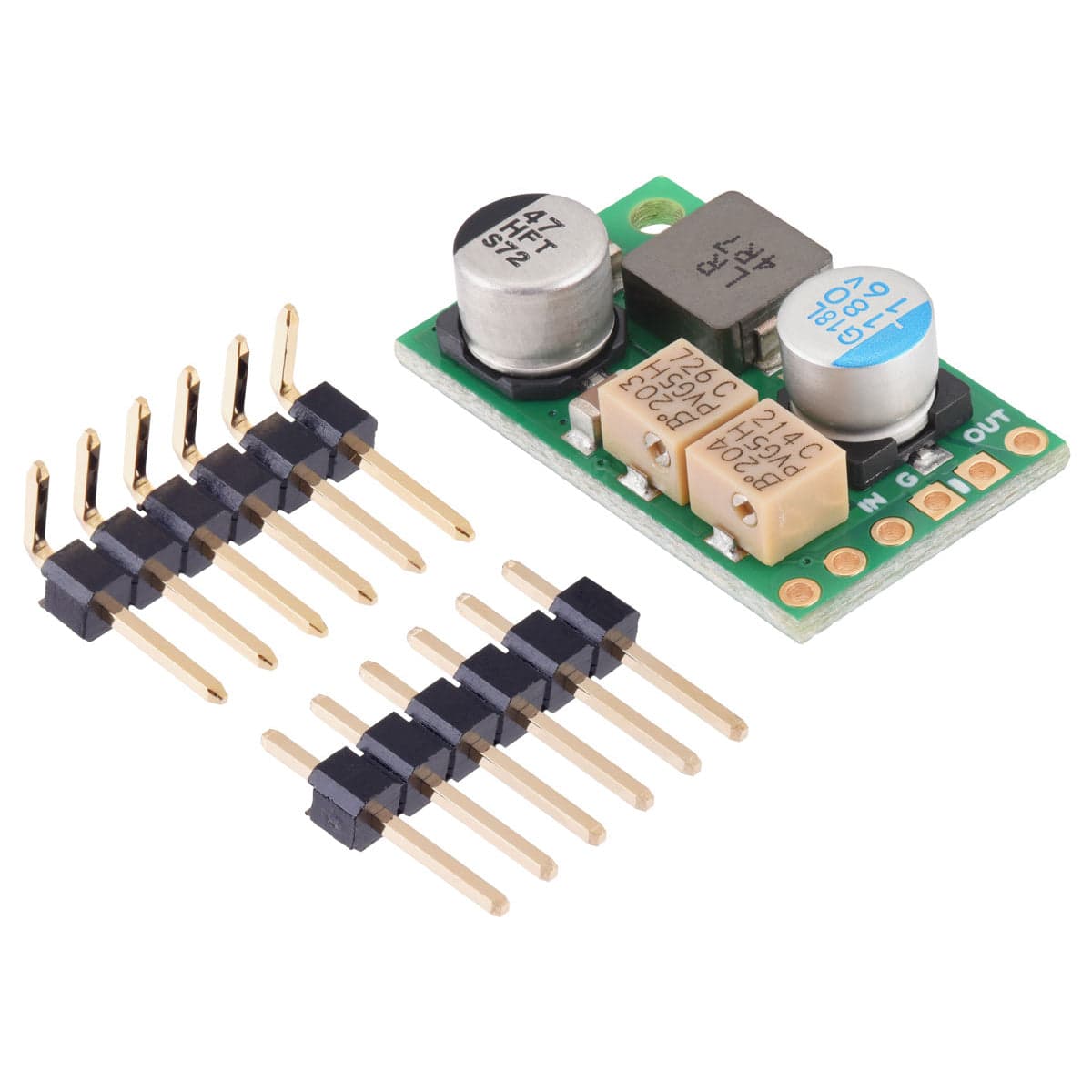
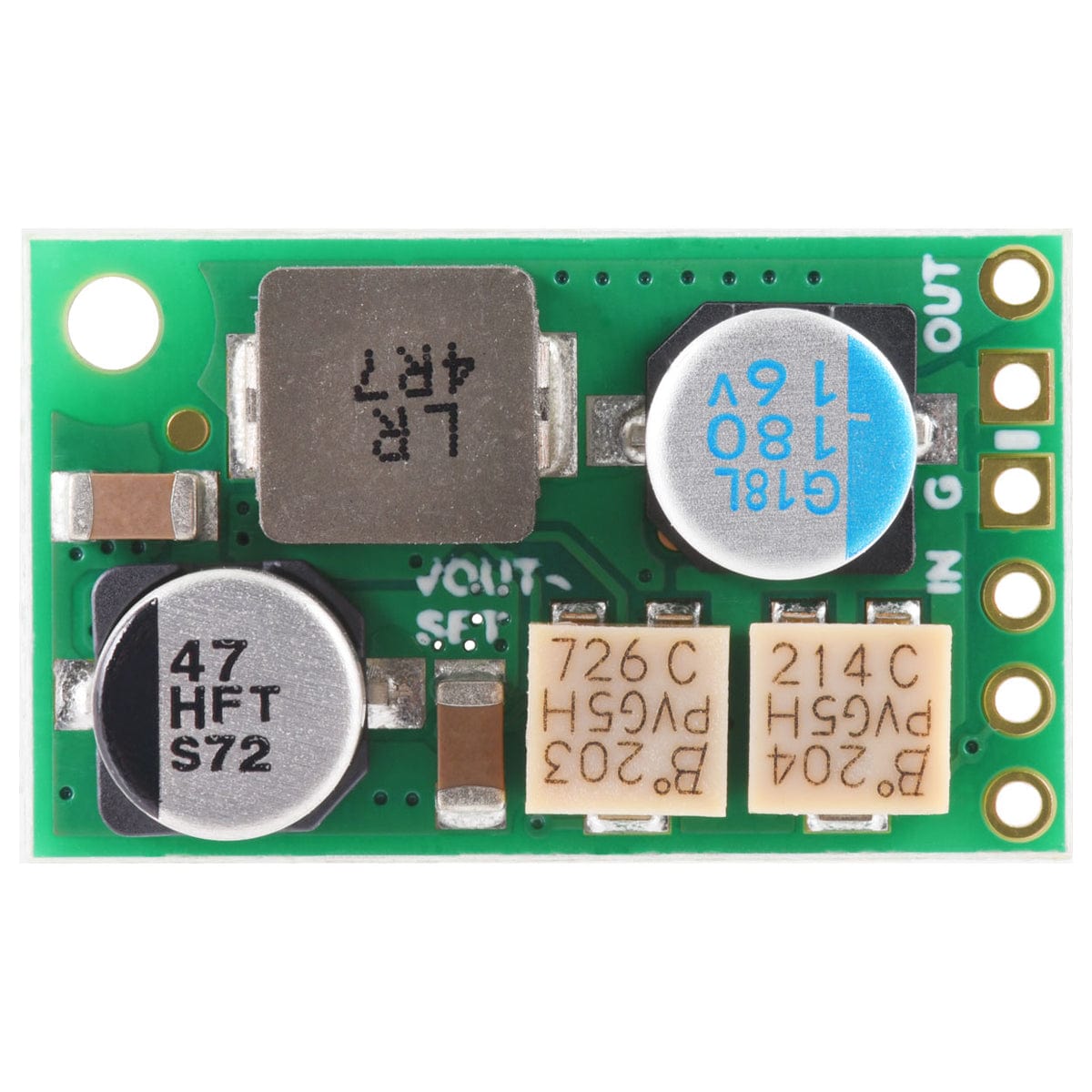
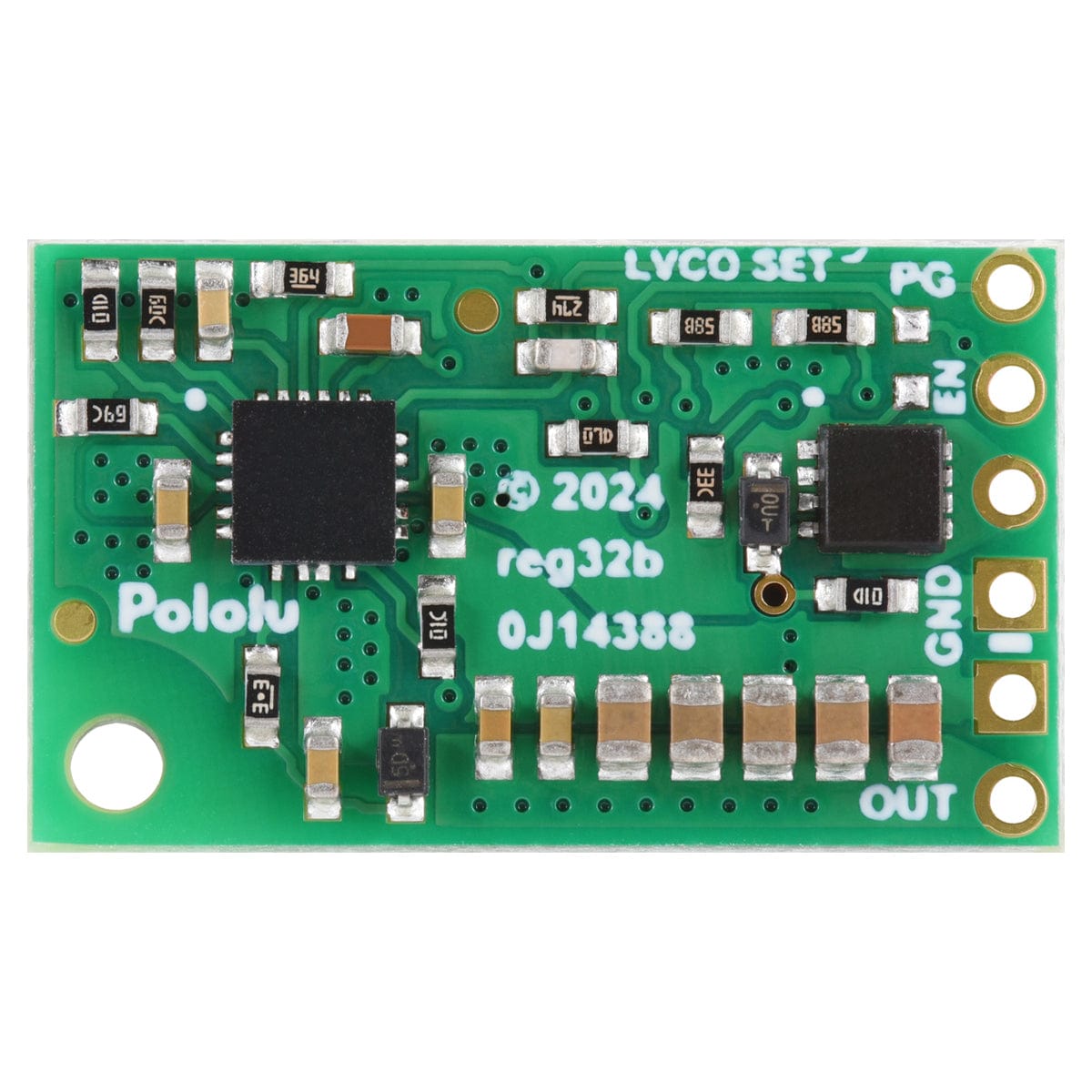
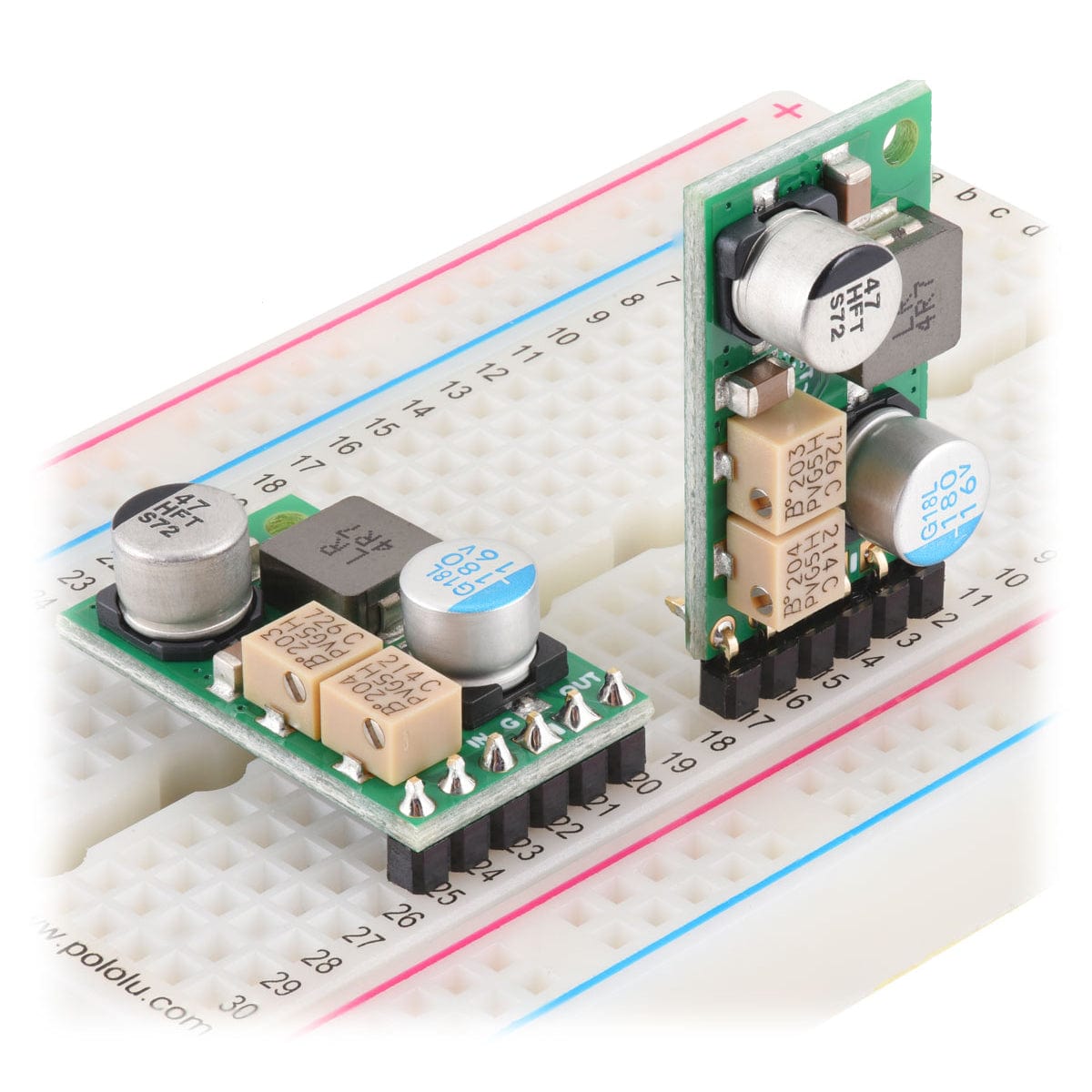
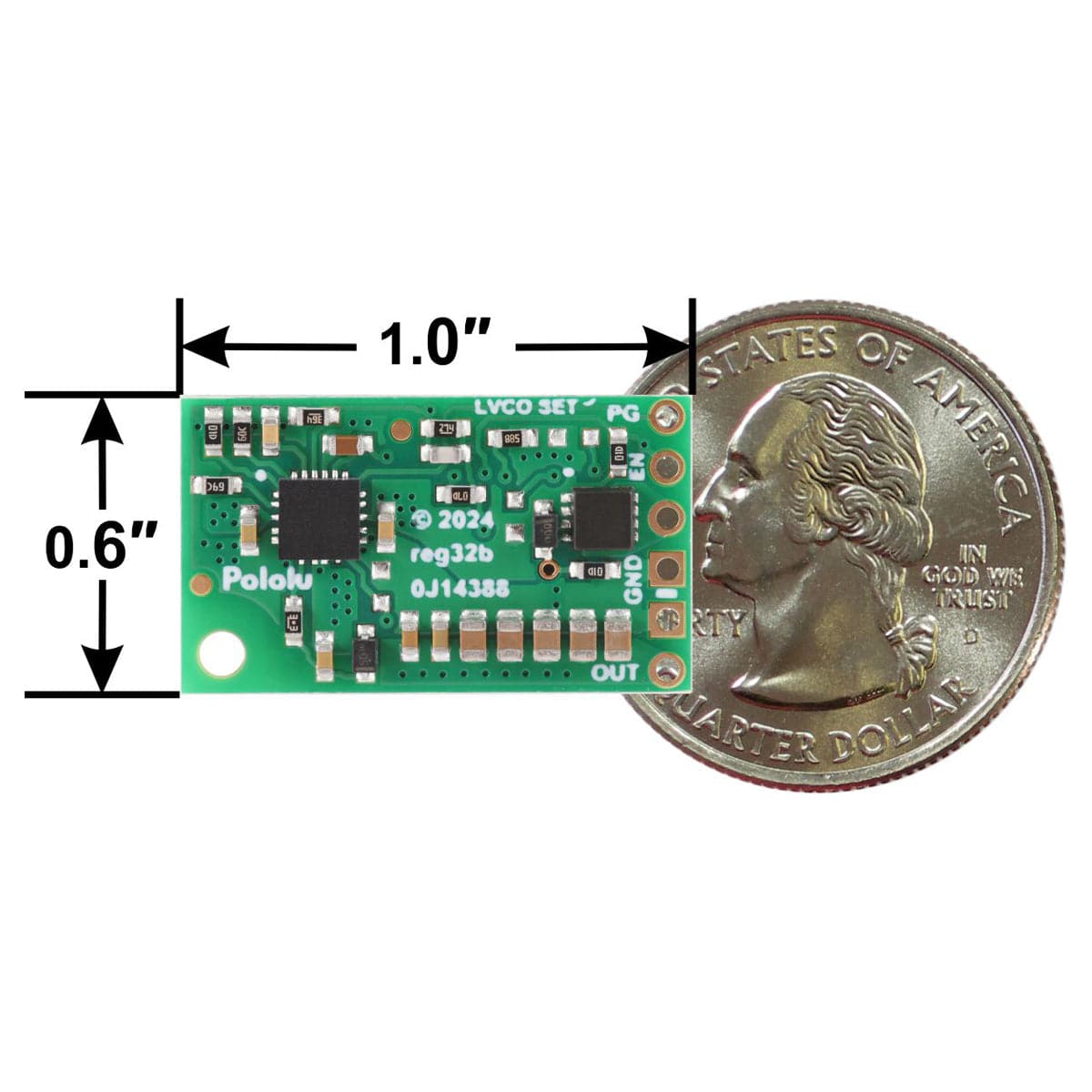
Login / Signup
Cart
Your cart is empty






The Pololu D30V3x line of synchronous buck (step-down) voltage regulators generates lower output voltages from input voltages as high as 45V.
They are switching regulators (also called switched-mode power supplies (SMPS) or DC-to-DC converters), which makes them much more efficient than linear voltage regulators, especially when the difference between the input and output voltage is large.
This item is the D30V30MASCMA, which has an adjustable output voltage (4.2V to 15V) and an adjustable low-voltage cutoff. These adjustable versions are the more compact of the two thanks to their double-sided assembly. In general, the available output current decreases as the input and output voltages increase.
The regulators have reverse voltage protection up to 40 V, input under-voltage lockout, over-current protection, and short-circuit protection. A thermal shutdown feature also helps prevent damage from overheating and a soft-start feature limits the inrush current and gradually ramps the output voltage on startup.
Warnings!
| Minimum operating voltage | 4.2V |
| Maximum operating voltage | 45V |
| Minimum output voltage | 4.2V |
| Maximum output voltage | 15V |
| Continuous output current | 3A |
| Reverse voltage protection? | Y |
| Maximum quiescent current | 20mA |
| Low-voltage cutoff | Adjustable |
| Output type | Adjustable 4.2V-15V |
| Size | 0.6″ × 1.0″ × 0.35″ |
| Weight | 3.6 g |

This regulator has six connections: power good (PG), enable (EN), input voltage (VIN), output voltage (VOUT), and two ground (GND) connections.
The “power good” indicator, PG, is an open-drain output that goes low when the regulator’s output voltage either rises more than 7.5% (typical) above or falls more than 9% (typical) below the voltage it is trying to maintain (with hysteresis). An external pull-up resistor is required to use this pin.
The EN pin is part of the low-voltage cutoff circuit. When the voltage on this pin falls below a specific threshold, the regulator enters a low-power shutdown state. This can happen when the input voltage falls below the set low-voltage cutoff threshold, or it can be externally triggered by driving the EN pin low. The shutdown current draw in this sleep mode is dominated by the low-voltage cutoff circuit (see the low-voltage cutoff section below for more information) and in the reverse-voltage protection circuit (which contributes less than 10 µA per volt on VIN). In general, the quiescent and shutdown currents are reduced by increasing the cutoff voltage threshold. (Note that for high input voltages, the shutdown current draw when it is disabled can be greater than the quiescent draw while enabled; see the quiescent current graph below for more details.)
The input voltage, VIN, powers the regulator. Voltages between 3.3 V and 45 V can be applied to VIN, but generally the effective lower limit of VIN is VOUT plus the regulator’s dropout voltage, which varies approximately linearly with the load (see below for graphs of the dropout voltage as a function of the load).
VOUT is the regulated output voltage, which can be set between 4.2 V and 15 V with the output voltage adjustment potentiometer.

The output voltage is controlled with an 11-turn precision potentiometer that allows for an output range of 4.2 V and 15 V. Turning the potentiometer clockwise increases the output voltage. The regulator ships with a the voltage set to approximately 5 V by default.

Warning: The output voltage adjustment range allows for voltages over 15 V, but these should not be used. Doing so could result in derated performance or damage to the regulator.

The low-voltage cutoff threshold is also controlled with an 11-turn precision potentiometer, and turning the potentiometer clockwise increases the cutoff voltage. The regulator ships with the cutoff voltage set below 3.5 V, low enough that it should start by default for any input voltage over 4 V. In general, the quiescent and shutdown currents are reduced by increasing the cutoff voltage threshold.

The EN pin has a precise cutoff threshold (typically 0.85 V, but unit-to-unit variation can put it anywhere between 0.65 V and 1.05 V), and the cutoff adjustment potentiometer is part of a voltage divider circuit, as shown on the right, that determines the relationship between VIN and the voltage on EN. We have two recommended techniques for setting the cutoff voltage:
Technique A: Power the regulator at the desired cutoff voltage and, with the regulator enabled, turn the cutoff potentiometer clockwise until the regulator turns off. This is the simplest approach, and we recommend it in situations where a supply at the desired cutoff voltage is available.
Technique B:
For example, let’s say you want to set the VIN cutoff to 6 V and you have determined the EN cutoff voltage threshold is 0.85 V using an input voltage, VIN, of 9 V. The following calculation tells you what to set the EN voltage to at 9 V in to achieve a 6 V cutoff: EN = 0.85 V x 9 V / 6 V = 1.275 V
Note: There is approximately 200 mV of hysteresis on the EN threshold, which means that the activation threshold for EN rising is about 200 mV higher than the shutdown threshold for EN falling. This means that the regulator will typically require an input voltage around 125% of the cutoff voltage to begin operating.
The efficiency of a voltage regulator, defined as (Power out)/(Power in), is an important measure of its performance, especially when battery life or heat are concerns.
Efficiency graphs:
The maximum achievable output current of these regulators varies with the input voltage but also depends on other factors, including the ambient temperature, air flow, and heat sinking. The graph below shows maximum output currents that these regulators can deliver continuously at room temperature in still air and without additional heat sinking.
Warning: During normal operation, this product can get hot enough to burn you. Take care when handling this product or other components connected to it.

The quiescent current is the current the regulator uses just to power itself, and the graph below shows this for the different regulator versions as a function of the input voltage. The data in the graph shows the quiescent current with the low-voltage cutoff set to its minimum value of 2.7 V; in general, the quiescent (and shutdown) currents are reduced by increasing the cutoff voltage threshold.

The dropout voltage of a step-down regulator is the minimum amount by which the input voltage must exceed the regulator’s target output voltage in order to ensure the target output can be achieved. For example, if a 5 V regulator has a 1 V dropout voltage, the input must be at least 6 V to ensure the output is the full 5 V. Generally speaking, the dropout voltage increases as the output current increases. The graph below shows the dropout voltages at several different output voltages as a function of output current:

The regulator comes with a 6×1 straight male header strip and a 6×1 right-angle male header strip.
The six connection through-holes are arranged on a 0.1″ grid for compatibility with solderless breadboards, connectors, and other prototyping arrangements that use a 0.1″ grid.








